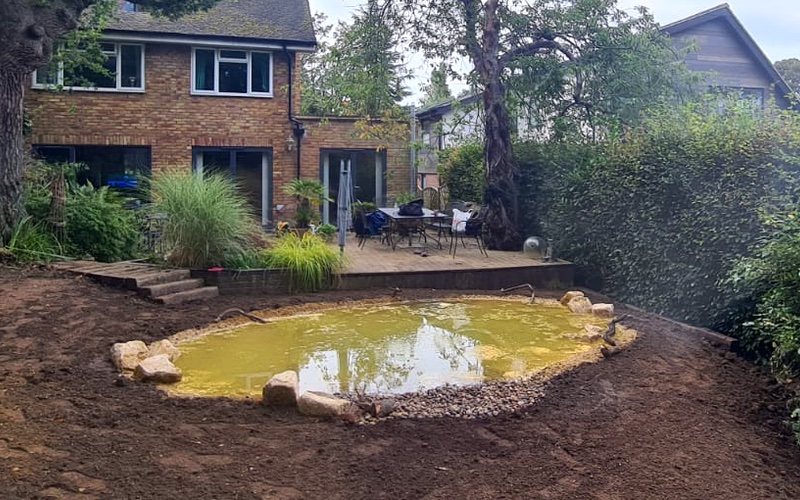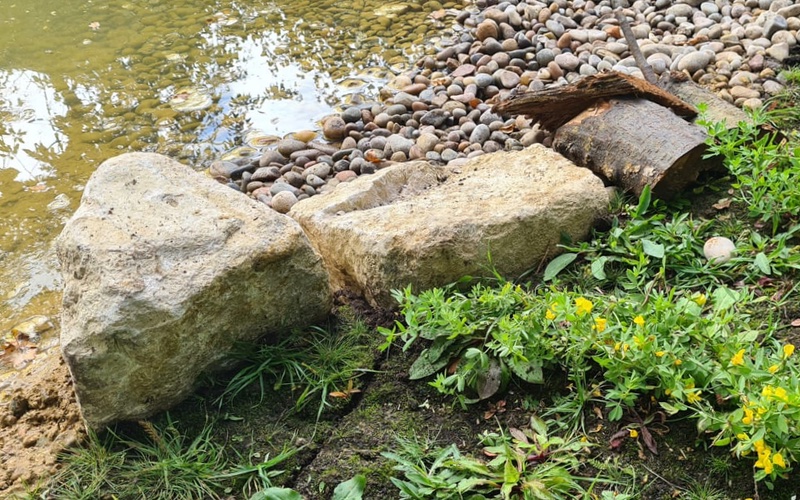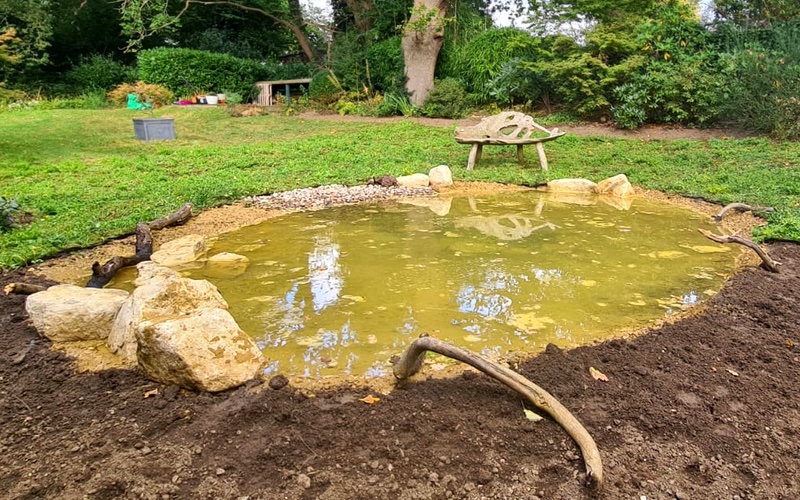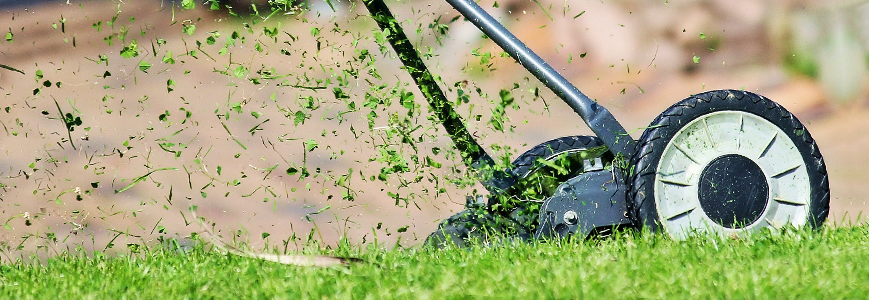THE LANDSCAPING SOLUTIONS BLOG
Welcome to our Blog. Inspiration, updates and industry trends from the team at Landscaping Solutions.
WILDLIFE PONDS
If you’re motivated to make a difference to biodiversity or simply wish to while away the day watching wildlife then you need a pond in your garden.

A professional garden or landscape designer will know where best to place a pond in your garden.
Here’s how to make it happen;
Take time to select an experienced professional to work with. A garden or landscape designer with a passion for creating naturalistic spaces will know how to attract wildlife to the garden and have an instinctive understanding of where best place to place the pond. This might be a natural dip in the lay of the land or an open area away from overhanging trees, preferably in a sunny spot as most insect and plant life thrives in warm, shallow and sunlit conditions. However, we ensure there’s at least two to three feet of depth at some point so hibernating frogs have a place to overwinter. Pond sides should gently slope to the depths to provide trouble-free wildlife access so we always create a shallow ‘beach’ area at one end.

A shallow beach area at one end of the pond provides trouble-free access for wildlife.
A clever designer will plan to save and reuse as much excavated material as possible during the build process. Fertile topsoil can be used to create borders or banks elsewhere in the garden and less fertile sub-soil can be used as growing media in the pond.
Then it’s time to get creative with the planting. Our planting schemes utilise oxygenators such as Hornwort, Water Crowfoot or Spiked Milfoil along with some floating species such as Frogbit, Fringed Water Lilly and Water Soldier. A smattering of emergent species and marginal plants such Amphibious Bistort, Brooklime, Water Avens, Purple Loosestrife, Marsh Marigold, Water Mint and Hard and Soft Rush can be planted directly in to the soil layer in and around the pond.

Boulders and deadwood are great for providing a hiding place for amphibians.
To make the pond more naturalistic we add boulders, stumps, deadwood, bark and branches to provide hiding places for amphibians and perches for birds and dragonflies. Now it’s time to sit back to see what comes in. It won’t be long before beetles, backswimmers, water boatmen and pond-skaters start to arrive. Snails won’t be far behind followed by frogs, toads and newts once the vegetation establishes. Within a year or so you’ll have a fully functioning ecosystem helping to redress the balance of habitat loss in the wider countryside and a constant source of enjoyment and learning.
For more information on how Landscaping Solutions can transform your garden, contact Ben West on 0208 241 2402 or email info@landscapingsolutionsltd.co.uk
GARDENING: AN ANTIDOTE FOR THE MODERN WORLD

A number of recent studies conducted by researchers and health practitioners have concluded that daily contact with nature has a positive and long lasting affect on our mood. The simple act of gardening itself provides substantial human health benefits and not just for your physical health but your mental health too. In short, gardening is good for you.
Studies carried out across the United States, Europe, Asia, and the Middle East all looked at the effects of daily contact with nature and its long lasting benefits on our health.
The research showed a wide range of positive health outcomes, such as reductions in depression, anxiety, and weight loss.
Many of us live in a society full of daily stresses. Difficult commutes, long working hours, daily obligations and workplace pressures all form part of our daily routines. Add to this high-fat diets, environmental pollutants and increased levels of social and psychological stress and it quickly becomes easy to lose touch with nature altogether.
As a result, conditions such as heart disease, depression, diabetes, and obesity have become a major public health issue. It is estimated that worldwide, approximately 415 million people currently suffer from diabetes and somewhere in the region of 350 million people suffer from some form of depression. Sadly this trend shows no sign of slowing.
As part of the various studies, a number of volunteers who had been diagnosed with depression, persistent low mood, or bipolar disorder were asked to spend six hours a week planting. After three months, over half of the volunteers had experienced a measurable improvement in their symptoms of depression with others showing lower levels of the stress hormone cortisol.
As the research has shown reversing the adverse effects of losing touch with nature is possible. The sensory experience of gardening offers the opportunity to quickly and easily reconnect with nature. First and foremost gardening gets you outdoors, while simple tasks like digging, planting and weeding offer excellent forms of low-impact exercise. The plants themselves improve your local environment, trapping toxins and filtering harmful pollutants, in turn improving not just your health and wellbeing but those around you too.
The beauty of it is you don't need a big garden to start reaping the benefits either. A small garden or courtyard is more than sufficient and even something as simple as gardening containers is a great way to start out. With the right approach even the simplest gardening experience can help make a difference.
As subject matter close to our hearts, we’ve covered a number of environmental issues over the past months. If you have found this article interesting you may also enjoy some of our previous articles - Battling Urban Air Pollution: The Humble Hedge, Pocket Parks and Bees In Crisis.